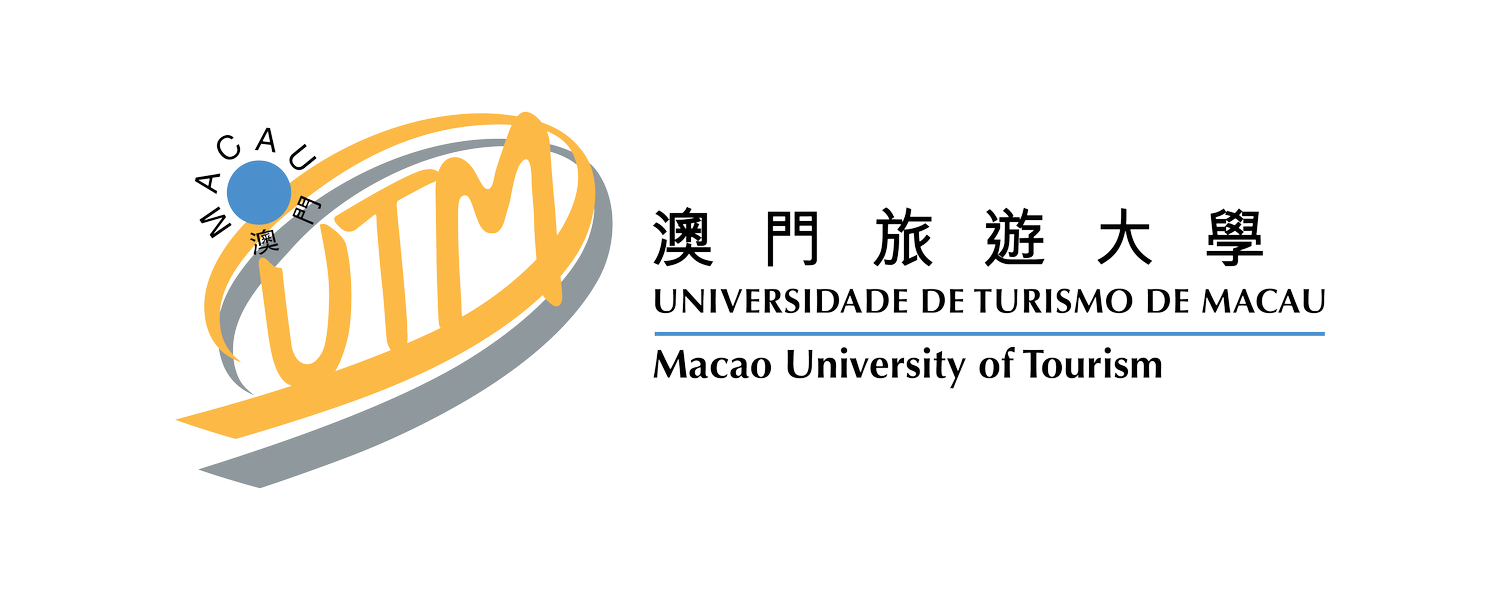other reports
How can organizations identify which types of employees are more likely to stay or leave their jobs? What can organizations do to retain them? This special focus report examined relevant individual and organizational factors influencing employees’ intent to stay with their employers. For a definition of the concepts used in this special focus report, as well as details of the methodology employed and a profile of the study's respondent characteristics, please visit here.
A. Intent to stay (ITS) across different sectors
Employees in the manufacturing industry demonstrated the strongest intent to stay with their current organizations. In contrast, employees working in hotels, restaurants, and casinos show relatively lower intention to stay with their employers.
B. Employee Characteristics and Their Effect on Intent to Stay (ITS)
B.1. Job Position
Job position plays a significant role in affecting employees’ ITS (p<0.05). Our findings show that the higher an employee is on the career ladder, the stronger the desire to remain with the organization.
B.2. Work arrangement: Shift vs regular hours
Employees’ intent to stay differed significantly (p<0.01) between those who work on shift and those who need not work on shift. Moreover, for those employees who have to work on shift, the type of shift work that they do also affect their intent to stay.
B.3. Job position and work schedule effects on Intent to Stay (ITS)
The combined effect of ‘job position’ and ‘work schedule’ indicates that entry-level workers who are currently doing shift work havelower intention to stay with the organization.
B.4. Length of service
Our findings show that the longer an employee stays with the organization, the higher the intention to remain with the organization. This suggests a reinforcing cycle--the longer an organization is able to retain an employee over time, the stronger the feeling to stay on.
B.5. Types of career mobility
In this special focus report, we examined the effect of an employee's career mobility (i.e. whether he was ‘internally hired/promoted’ or ‘externally hired’ for the current job position) on intent to stay. To measure employees’ career mobility, the survey asked respondents to disclose information about their job prior to getting into their current position in the company.
On the surface, our findings show that employee career mobility does not significantly affect employees' intention to stay with their current employers. This suggests that employees who are ‘internally hired’ for a job position are no more committed to the organization than those who are ‘externally hired’.
However, when the combined effect of length of service and career mobility on intent to stay is examined, it becomes apparent that as work tenure lengthens, employees who hold onto their current position by means of ‘internal hiring’ (i.e. they worked their way up the hierarchy) express a stronger desire to remain with their employers. This suggests that the effectiveness of ‘internal hiring policy’ grows over time and as long as the organization succeeds in retaining employees.
C. Organizational Factors and Their Effect on Intent to Stay
C.1. Organizational determinants of intent to stay
Employees’ perceived satisfaction with ‘job security’, ‘job pay’, ‘supervisory quality and recognition’, and ‘social environment’ are shown in Figure 9 below.
Results of multiple regression analysis conducted to determine which of these 4 organizational factors affected employees' intent to stay indicated that satisfaction with ‘job security’, ‘job pay’, and ‘supervisory quality and recognition’ are significant and positive predictors of intent to stay. More interestingly, satisfaction with‘job pay’ has the largest predictive power, followed by ‘supervisory quality and recognition’ and ‘job security’. ‘Social environment’ had minimal or no significant influence on employees' intent to stay.
When the same analysis was conducted with the inclusion of job stress, the picture changes slightly: ‘job pay’ remains as the most significant predictor of intent to stay, followed by ‘job stress’ (but a negative predictor), ‘supervisory quality and recognition’, and ‘job security’. ‘Social environment’ remains inconsequential in improving employees' intent to stay.
C.2. Employee and organizational factors of Intent to Stay
We can take the analysis to the next level by examining the combined effect between employee characteristics and organizational factors on intent to stay. For instance, the diagram below (Figure 11) indicates that employees who score higher on intent to stay (ITS) possess two attributes: They do not need to work on shift and they are also more satisfied with their pay. Conversely, employees who demonstrated less desire to stay with the organization are those who need to work on shift and are less satisfied with their pay. (Note: Diagrammatically speaking, we may further say that so long as employees are satisfied with their pay, they will still hold on to their jobs regardless that their jobs require them to work on shift.)
D. Conclusions
- This study identifies employee and organizational characteristics that affect an employee’s intention to stay with the employer.
- Employees’ job position, work schedule, length of service, and career mobility were found to significantly affect intent to stay but in varying degrees. Looking at the combined effect of these factors, however, provides a clearer picture of who are more likely to turn over or leave the organization.
- Organizational factors like job security, job pay, supervisory quality and recognition, and job stress were found to be significant predictors of intent to stay.
-End.-
